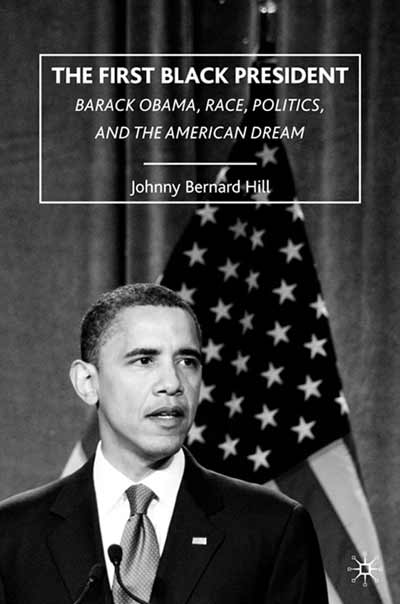The Somatechnics of Whiteness and Race: Colonialism and Mestiza PrivilegePosted in Anthropology, Books, Media Archive, Monographs, Oceania, Social Science, United States on 2015-05-10 23:58Z by Steven |
The Somatechnics of Whiteness and Race: Colonialism and Mestiza Privilege
Ashgate
May 2015
186 pages
234 x 156 mm
Hardback ISBN: 978-1-4724-5307-5
eBook PDF ISBN: 978-1-4724-5308-2
eBook ePUB ISBN: 978-1-4724-5309-9
Elaine Marie Carbonell Laforteza, Lecturer in Cultural Studies
Macquarie University, Australia
Investigating the emergence of a specific mestiza/mestizo whiteness that facilitates relations between the Philippines and Western nations, this book examines the ways in which the construction of a particular form of Philippine whiteness serves to deploy positions of exclusion, privilege and solidarity.
Through Filipino, Filipino-Australian, and Filipino-American experiences, the author explores the operation of whiteness, showing how a mixed-race identity becomes the means through which racialised privileges, authority and power are embodied in the Philippine context, and examines the ways in which colonial and imperial technologies of the past frame contemporary practices such as skin-bleaching, the use of different languages, discourses of bilateral relations, secularism, development, and the movement of Filipino, Australian and American bodies between and within nations.
Drawing on key ideas expressed in critical race and whiteness studies, together with the theoretical concepts of somatechnics, biopolitics and governmentality, The Somatechnics of Whiteness and Race sheds light on the impact of colonial and imperial histories on contemporary international relations, and calls for a ‘queering’ or resignification of whiteness, which acknowledges permutations of whiteness fostered within national boundaries, as well as through various nation-state alliances and fractures. As such, it will appeal to scholars of cultural studies, sociology and politics with interests in whiteness, postcolonialism and race.
Contents
- Acknowledgements
- Series Editor’s Preface
- 1. Introduction: the Routes of Mestiza Whiteness
- 2. The Use and Limits of Colonial Mentality
- 3. Providing a New Framework: Tracking Colonialism and Imperialism
- 4. Somatechnologies of the Mestiza/o Self: Skin Colour and Language
- 5. Mestiza/o Whiteness and Anglo-Australian Whiteness: Post-9/11 Somatechnologies of State and Secularism
- 6. The Biopolitical Fracture: Deportation and Detention
- 7. Bearing Witness to Racialised Norms: Challenges and Queer Interventions
- Epilogue: To Remember and to Re-member
- References
- Index







